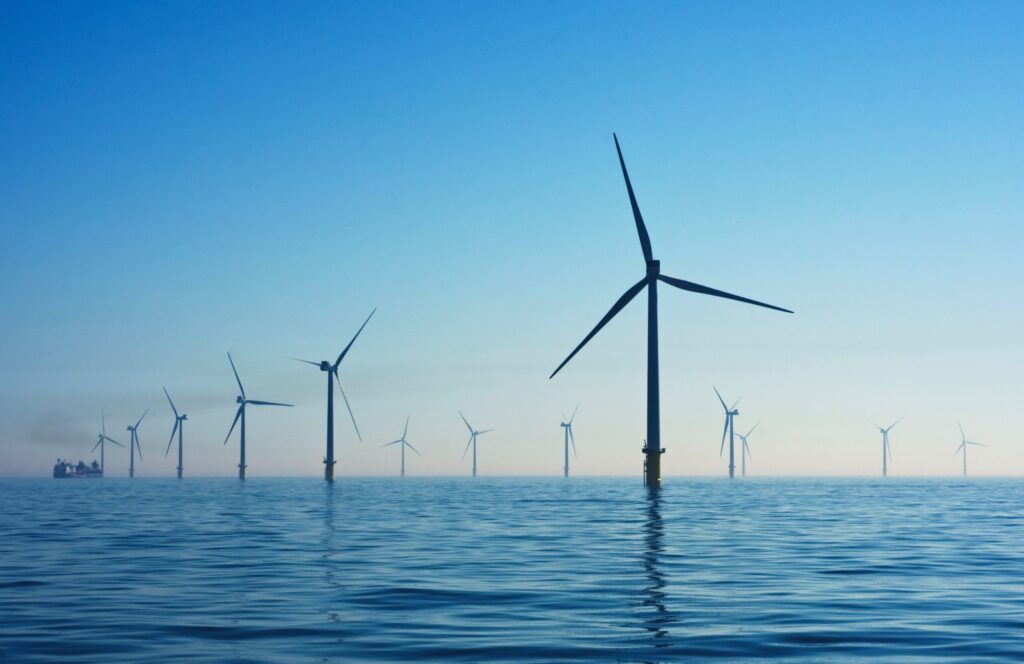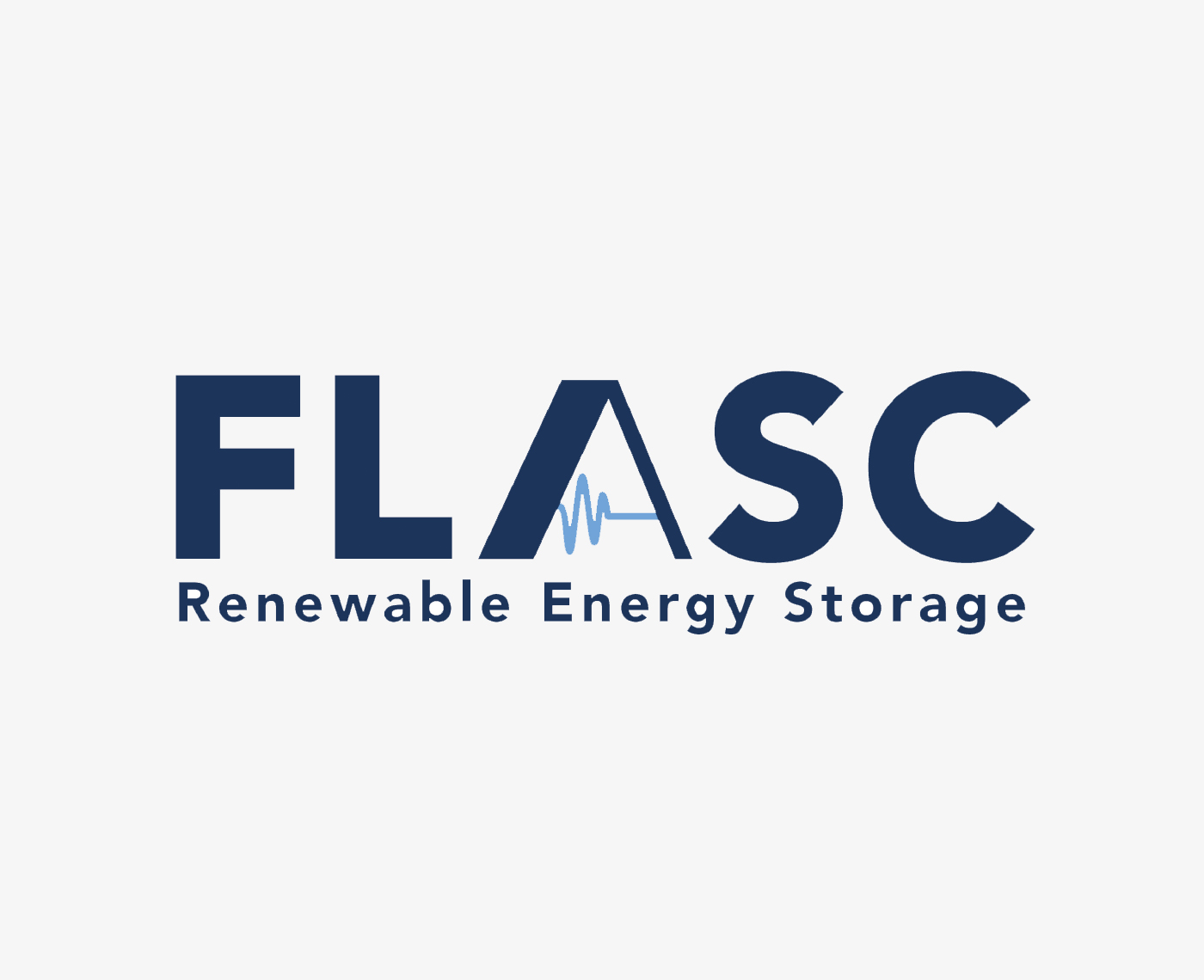FLASC’s role in project OESTER: is energy storage the missing piece of the puzzle?

The future of offshore wind lies not only in generating clean energy, but in storing and utilizing it efficiently. As offshore renewable capacity rapidly expands, the sector faces growing challenges such as grid congestion, energy curtailment, and increasingly unstable business cases driven by fluctuating electricity prices. Energy storage is emerging as a critical enabler to address these issues, and project OESTER (Offshore Electricity Storage Technology Research) is playing an important role in advancing scalable, integrated solutions to support a more resilient and profitable offshore energy system.
A collaborative effort to advance offshore energy storage
On February 11, 2025, a consortium of 16 leading organizations, including major players like RWE, Vattenfall, and TNO, launched the OESTER project. This three-year initiative is dedicated to developing and validating scalable offshore energy storage solutions, ensuring that wind farms can operate efficiently and profitably in the long term.
Maximizing renewable energy utilization
Offshore wind power generation is intermittent: sometimes producing more energy than the grid can handle, and other times struggling to meet demand. This mismatch leads to:
- Curtailment: Wind farms are being forced to shut down despite strong winds.
- Price drops: Oversupply is driving down electricity prices, affecting profitability.
- Grid congestion: Bottlenecks are limiting energy distribution and storage.
Energy storage solutions integrated into offshore wind farms can help stabilize the grid, reduce energy waste, and enhance profitability.
FLASC: innovating with offshore energy storage
FLASC, our community member, is at the forefront of offshore energy storage innovation. As part of the OESTER project, FLASC will represent medium-term energy storage in the form of Compressed Air Energy Storage (CAES). FLASC will use its digital tools and market knowledge to quantify the value-add for co-located offshore energy storage in grid-connected Dutch offshore wind farms and apply this knowledge in on-going programs and tenders.
FLASC highlights three major hurdles in making offshore energy storage a reality:
- Finding the right balance between efficiency, scalability, and cost-effectiveness.
- Navigating a highly regulated and capital-intensive offshore energy market.
- Integrating storage systems seamlessly into the offshore wind sector.
To overcome these challenges, FLASC needs to scale up from prototype to full commercial deployment. This requires building a first grid-connected offshore pilot, close collaboration with wind developers and grid operators, and regulatory support in designing innovation incentives in the bidding process.
Participation in OESTER and collaboration with all project partners will help in validating the product market fit and creating a commercialization path for the technology. From 2030 onwards, FLASC expects its hydro-pneumatic energy storage solutions to be fully integrated into North Sea wind farms, helping shape the next generation of offshore energy hubs.
The project OESTER consortium
Project OESTER consist out of 16 organizations.
- Wind developers and operators: RWE, Vattenfall, APG, SSE
- Storage technology developers: Verlume, FLASC, Battolyser systems and Ocean Grazer
- Companies supporting offshore renewable energy and storage: DMEC and SeaWay7
- Research and knowledge institutes supporting ecology, and digital twins of the system: Deltares, University of Groningen, and TNO

Learn more about FLASC
Picture credits: Nicholas Doherty
As an accelerator, Buccaneer Delft proudly supports innovative companies in the ever-evolving energy & maritime sectors. We are committed to helping sustainable ideas grow, and transform into commercial products and solutions, serving as a bridge between the existing industries and innovations. Our community impacts the energy transition with technological innovations transforming the industry. Learn more about our accelerator services.